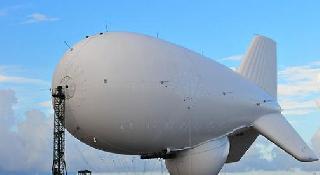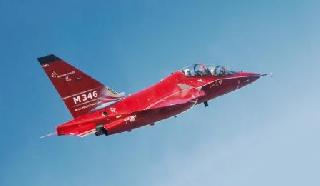
Joint Land Attack Cruise Missile Defense Elevated Sensor System (JLENS). Photo: Raytheon.
TEWKSBURY, MASSACHUSETTS (BNS): Raytheon Company's Joint Land Attack Cruise Missile Defence Elevated Netted Sensor System (JLENS) recently completed Demonstration Test 1 (DT-1), proving its ability to track targets and integrate with fire control and tactical data link systems.
A series of demonstration tests were conducted at the Utah Training and Test Range from early November to mid-December 2011. The test included tracking moving ground and surface water targets.
"The monthlong DT-1 demonstrated JLENS' maturity to track low-flying cruise missile surrogates, unmanned aerial vehicles, fighter aircraft and moving surface targets, and to integrate with air and missile defense systems," avid Gulla, vice president of Global Integrated Sensors at Raytheon's Integrated Defense Systems business, said in the company statement.
The system also demonstrated its ability to communicate targeting data over command and control systems, such as Link-16, and interface with combat identification support systems, such as IFF (Identify Friend or Foe), to discriminate between friendly and hostile aircraft and missiles, the news release added.
The JLENS system consists of two tethered 74-meter aerostats.
Later this year, JLENS will demonstrate its ability to detect airborne threats and transmit targeting data to surface-based air and missile defense systems that will engage test targets. In the meantime, testing continues in Utah and at White Sands Missile Range, New Mexico.
 Previous Article
Previous Article













The Indian Air Force, in its flight trials evaluation report submitted before the Defence Ministry l..
view articleAn insight into the Medium Multi-Role Combat Aircraft competition...
view articleSky enthusiasts can now spot the International Space Station (ISS) commanded by Indian-American astr..
view article